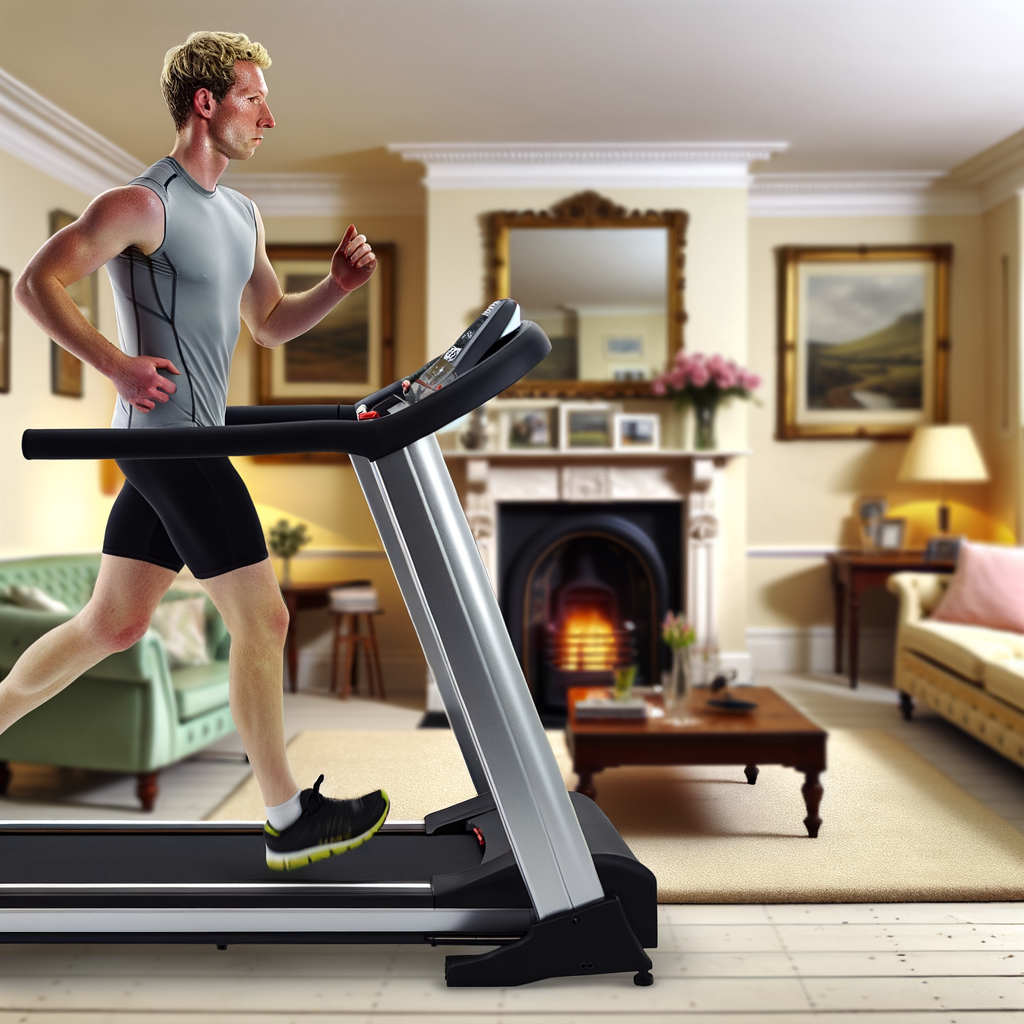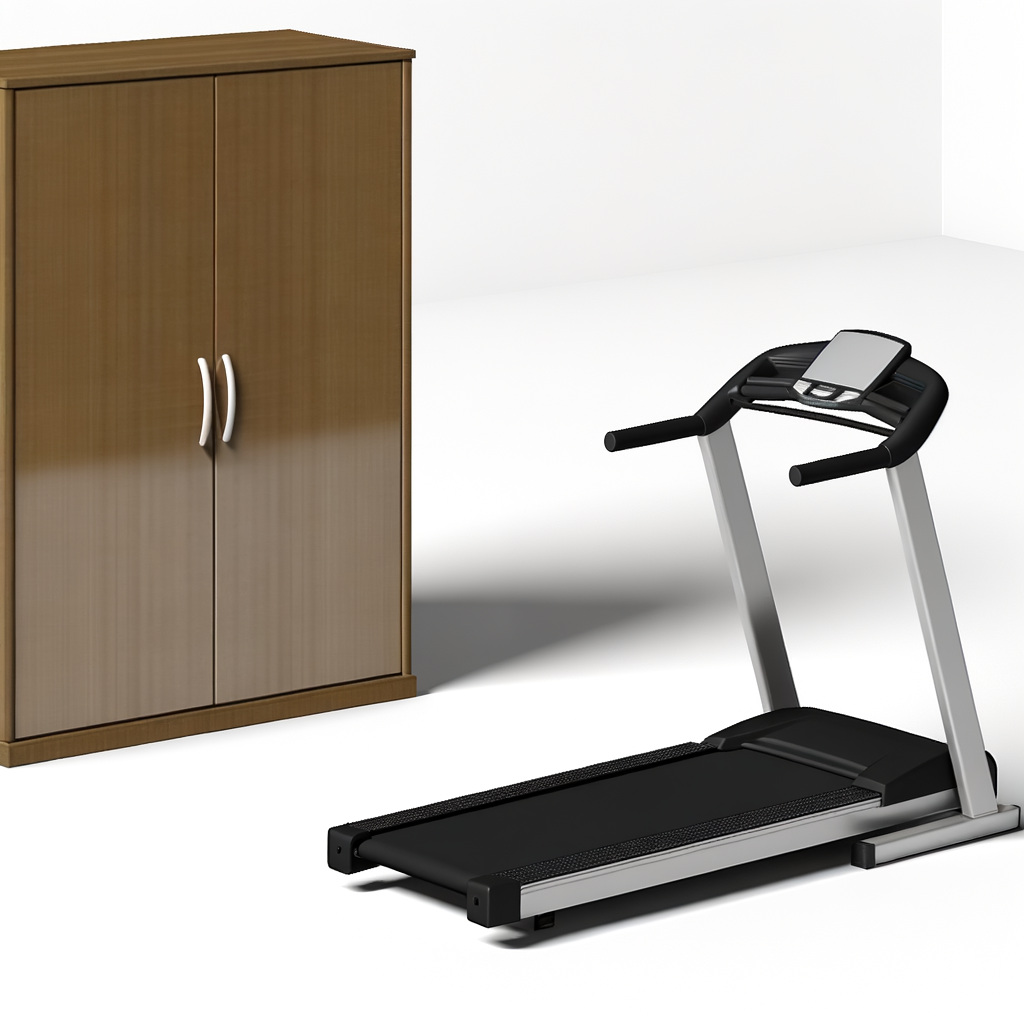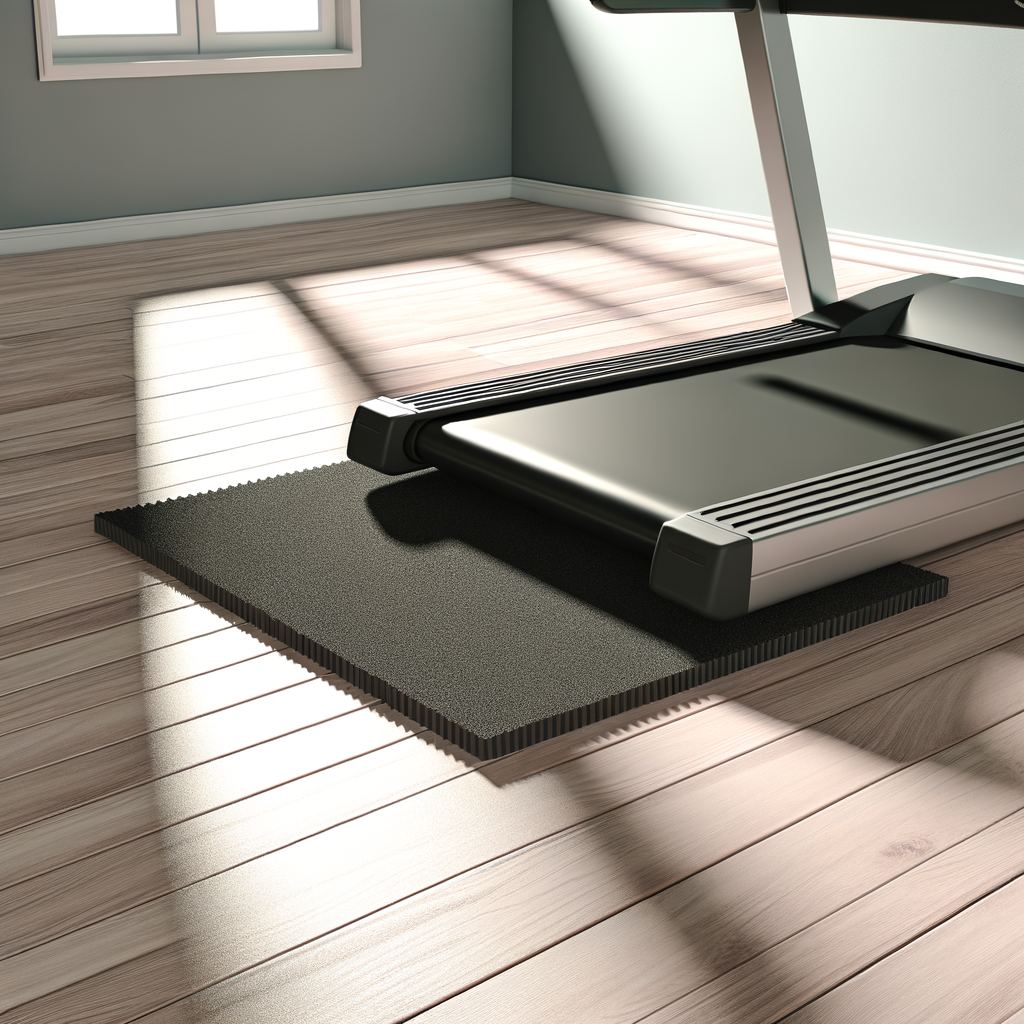Home Treadmill Buying Guide (UK, 2025)
Home Treadmill Buying Guide (UK, 2025)
Buying a home treadmill can be confusing, especially if you have limited space and a set budget. This guide breaks down the jargon, highlights what actually matters, and helps you choose the right machine for your goals and home.

Quick answer: what size and power do you need?
- Walking only: 120–130 cm deck length, 40–46 cm width, 1.5–2.0 CHP motor, up to 10–12 km/h, incline 0–10%.
- Jogging (3–4 runs/week): 135–145 cm deck length, 46–50 cm width, 2.5–3.0 CHP motor, up to 16–18 km/h, incline 0–12%.
- Regular running/sprints: 145–152 cm deck length, 50–56 cm width, 3.0–4.0 CHP motor, up to 20 km/h, incline 0–15% (decline optional).
- User weight: choose a model rated at least 20% above your body weight for durability (many home units are 100–150 kg max user).
Measure your space properly
Treadmills are larger than they look online. Measure both the in-use and folded footprints, plus access routes (doorways, stairs, landings).
- Footprint: typical 160–200 cm long x 70–90 cm wide in use. Leave 0.5 m clearance each side and 1.5–2.0 m clear space behind for safety.
- Ceiling height: add your height + deck height (often 15–25 cm) + expected incline. Most flats with 2.3–2.4 m ceilings are fine, but tall users at high incline may need care.
- Folding: check locked folded height and stability. Some fold nearly vertical; “under‑bed” treadmills are ultra-slim but usually for walking only.

Motor, speed and incline explained
- CHP vs HP: CHP (continuous) is the sustained power; HP (peak) is a brief maximum. For like-for-like, prioritise CHP ratings when available.
- Motor type: most home treadmills use DC motors (quieter, efficient). AC motors appear on some premium or light-commercial units (durable, smoother at high speeds).
- Top speed: 16 km/h suits most runners; 18–20 km/h if you sprint. Walkers are fine with 10–12 km/h.
- Incline: up to 10–15% boosts calorie burn and simulates hills. Decline (–3 to –6%) appears on higher-end models for downhill conditioning.
- Electrical: UK mains 230V, 50Hz. Most use a 13A fused plug. Avoid long extension leads; use a dedicated wall socket where possible.
Deck, belt and ride comfort
- Deck length/width: longer and wider decks feel safer at speed. Runners benefit from 145–152 cm x 50–56 cm.
- Cushioning: branded systems vary, but look for multi-zone cushioning that’s softer at the front and firmer at push-off.
- Roller size: larger rollers (around 2.25–2.75 inches) reduce belt wear and can run more smoothly.
- Belt ply: 2‑ply belts tend to be more durable and quieter than 1‑ply.
- Max user weight: a higher rating often signals a sturdier frame. Heavier frames usually wobble less.

Folding, transport and storage
- Hydraulic assist: “soft drop” systems prevent slamming and make folding safer.
- Transport wheels: essential if you’ll move the treadmill frequently; check wheel quality and balance when tilted.
- Under‑bed treadmills: great for walking and tight spaces, but usually have shorter decks, smaller motors and lower top speeds.
Noise and neighbours
Most of the noise you hear is footfall, not the motor. Expect roughly 60–75 dB during use, depending on speed, user weight, flooring and shoes.
- Use a dense rubber mat (8–10 mm) to damp vibration and protect floors.
- Wear cushioned running shoes dedicated to indoor use.
- Avoid late-night high-intensity sessions in flats; opt for incline walking instead.

Console, apps and connectivity
- Displays: from simple LED readouts to full HD touchscreens. Bigger screens add immersion but also cost.
- Bluetooth FTMS: enables third-party apps (e.g., Zwift, Kinomap) to control speed/incline on supported models.
- Subscriptions: branded training platforms can be excellent; check monthly cost and whether “free mode” works without a sub.
- Heart rate: handgrips are convenient but variable; a Bluetooth/ANT+ chest strap is more accurate.
- Practical touches: tablet shelf, USB charging, quick-select speed/incline keys, and physical stop button.
Safety essentials
- Safety key with lanyard: clips to your clothing for an instant stop if you stumble.
- Child lock: PIN lock or key removal if you have kids or pets.
- Clear zone: keep 1.5–2.0 m free behind the deck.
- Warm-up and cool-down: always use built-in cool-down to lower speed and incline safely.
Budget tiers (typical UK pricing)
- Under £400: compact walkers and basic foldable units. Suited to light use; shorter decks; simpler consoles.
- £400–£800: solid entry-level for walking/jogging. 2.0–2.75 CHP, 10–16 km/h, 0–10% incline, basic app support.
- £800–£1,500: mid-range runners’ sweet spot. 2.75–3.5 CHP, 18–20 km/h, up to 12–15% incline, better cushioning and stability.
- £1,500–£2,500: premium home. Bigger rollers, heavier frames, richer consoles, sometimes decline and advanced coaching.
- £2,500+: high-end/premium connected or light-commercial builds for heavy mileage and multiple users.
Warranties and aftercare
- Typical coverage: frame (lifetime or long), motor (5–10 years), parts (2–5 years), labour (1–2 years). Check UK terms specifically.
- Support: confirm spare parts availability (ideally 5–10 years) and UK-based service.
- Delivery and assembly: boxed treadmills often weigh 70–120 kg. Consider two-person delivery and room-of-choice service.
- Maintenance: wipe down after use; vacuum around/under monthly; lubricate belt every 2–3 months or 40 hours if your manual specifies 100% silicone. Some decks are waxed and shouldn’t be oiled—always check the manual.
- Belt tracking: minor left/right drift is normal; use the rear adjustment bolts in small turns (quarter-turn) while the belt runs at slow speed.
Buying second-hand? Key checks
- Hours and usage: ask for total hours or service menu screenshots if available.
- Belt and deck wear: look for fraying edges, glazing, or grooves; lift the belt to feel lubrication.
- Rollers and noise: listen for grinding or squeaks at different speeds/incline.
- Error codes: power on and test incline, speed changes, stop key, heart-rate connectivity.
- Transport: confirm dimensions and weight; protect the console; avoid laying screens face-down.
Decision checklist
- Confirm goals: walking, 5K training, sprints, hill work, weight loss.
- Measure space (in use and folded) and check ceiling height.
- Match deck size and CHP to your stride, speed and body weight.
- Decide on incline/decline needs and max speed.
- Choose noise mitigation: mat, footwear, room placement.
- Pick console/app features you’ll actually use (and budget for any subscription).
- Verify warranty, aftercare and delivery/assembly options.
FAQs
Is CHP the same as HP?
No. CHP (continuous horsepower) is the power the motor can deliver continuously; HP (peak) is a brief maximum. When comparing, use CHP where possible.
Can I use a treadmill upstairs?
Usually yes in UK homes, but expect vibration and impact noise. Use a dense mat, position over joists if possible, and avoid late-night sprints in flats.
Do I need a treadmill mat?
Strongly recommended. It protects floors, reduces vibration and can help with hygiene by catching sweat and debris.
What’s a good warranty?
For regular home use: at least 2 years parts and labour, 5+ years on the motor, and long frame coverage. Confirm UK-specific service terms.
With these fundamentals sorted, you can confidently shortlist a treadmill that fits your space, supports your training, and lasts for years.